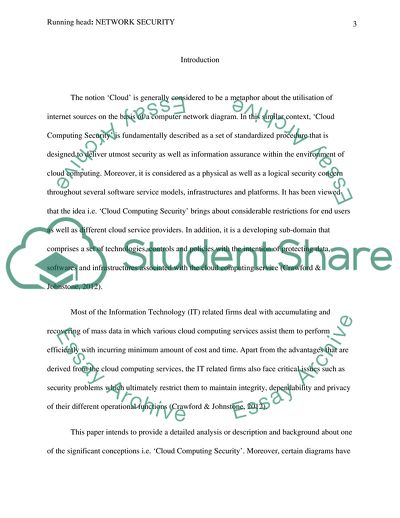Cite this document
(Network Security and Its Main Aspects Case Study, n.d.)
Network Security and Its Main Aspects Case Study. Retrieved from https://studentshare.org/information-technology/1787986-network-security
Network Security and Its Main Aspects Case Study. Retrieved from https://studentshare.org/information-technology/1787986-network-security
(Network Security and Its Main Aspects Case Study)
Network Security and Its Main Aspects Case Study. https://studentshare.org/information-technology/1787986-network-security.
Network Security and Its Main Aspects Case Study. https://studentshare.org/information-technology/1787986-network-security.
“Network Security and Its Main Aspects Case Study”. https://studentshare.org/information-technology/1787986-network-security.


